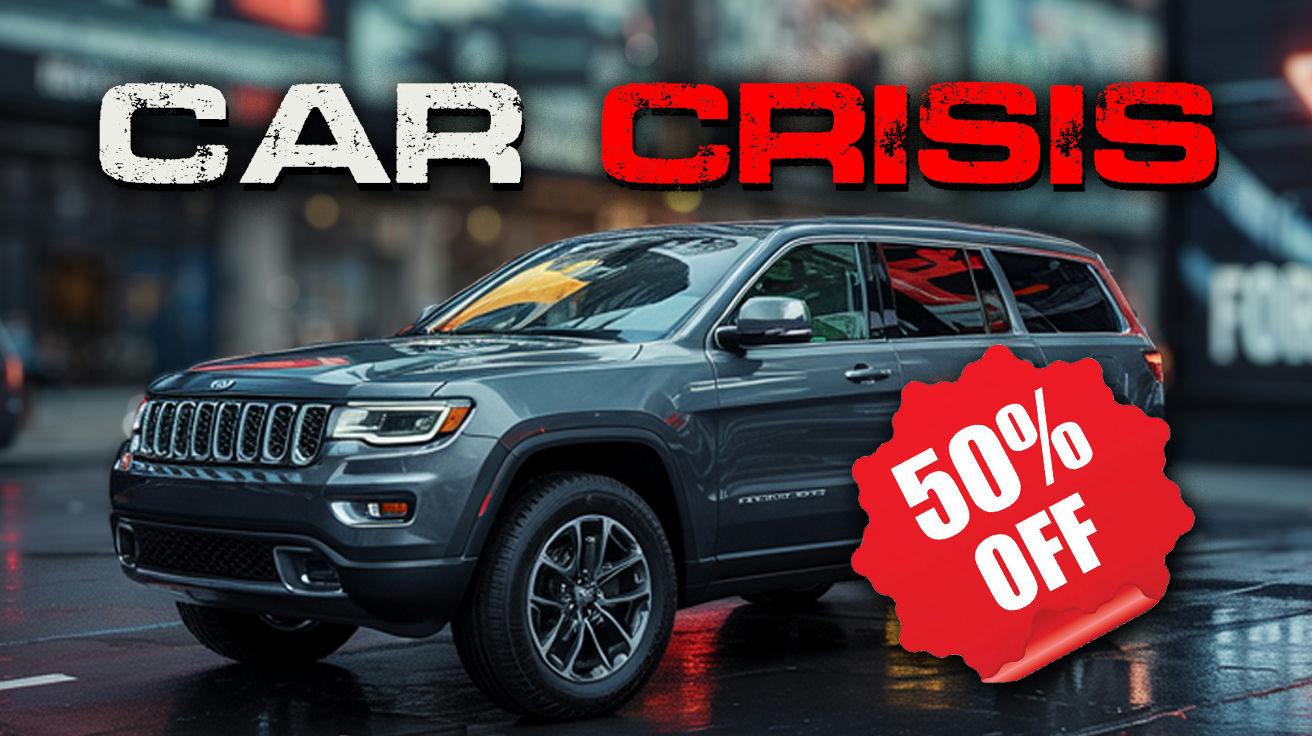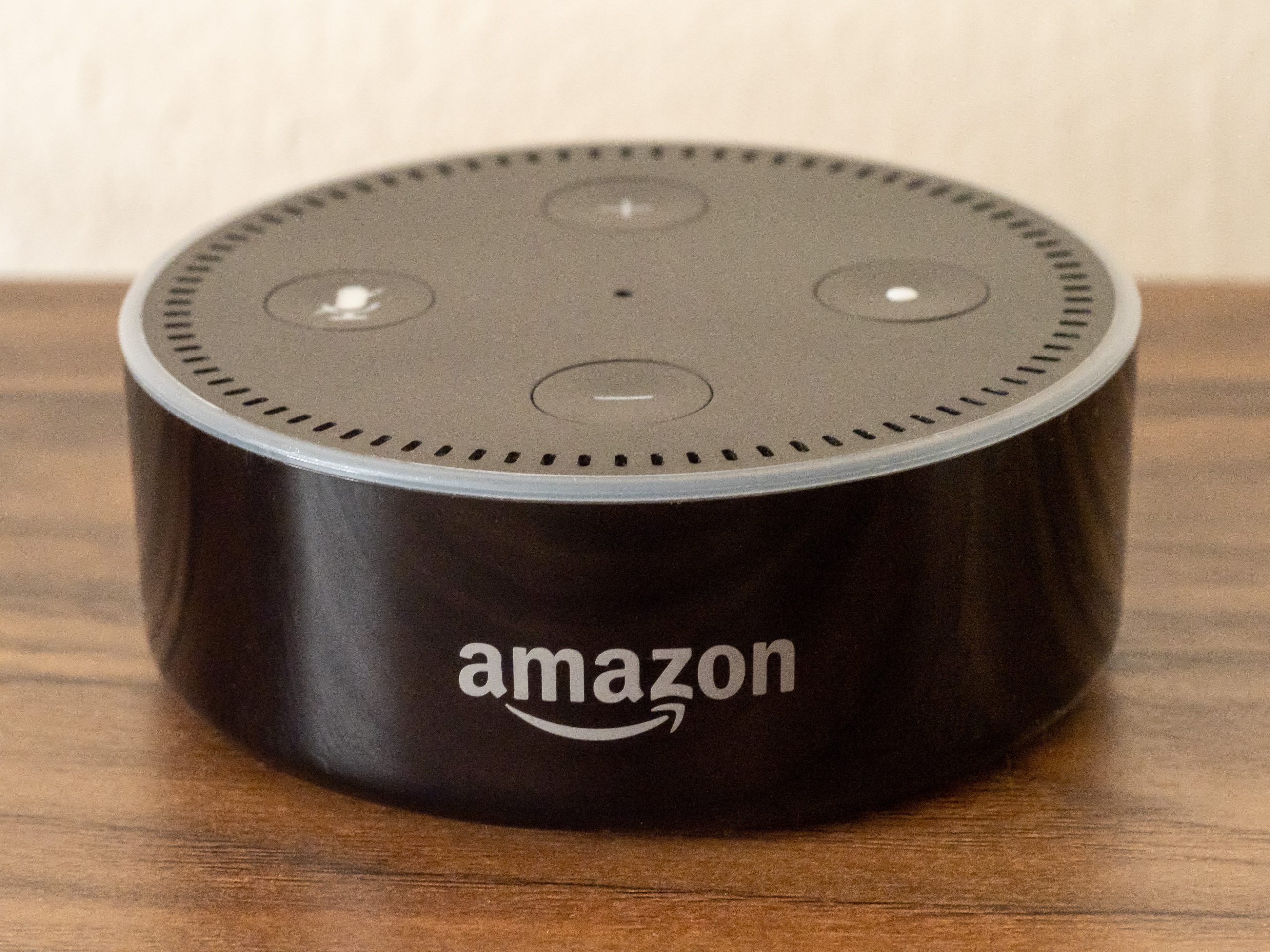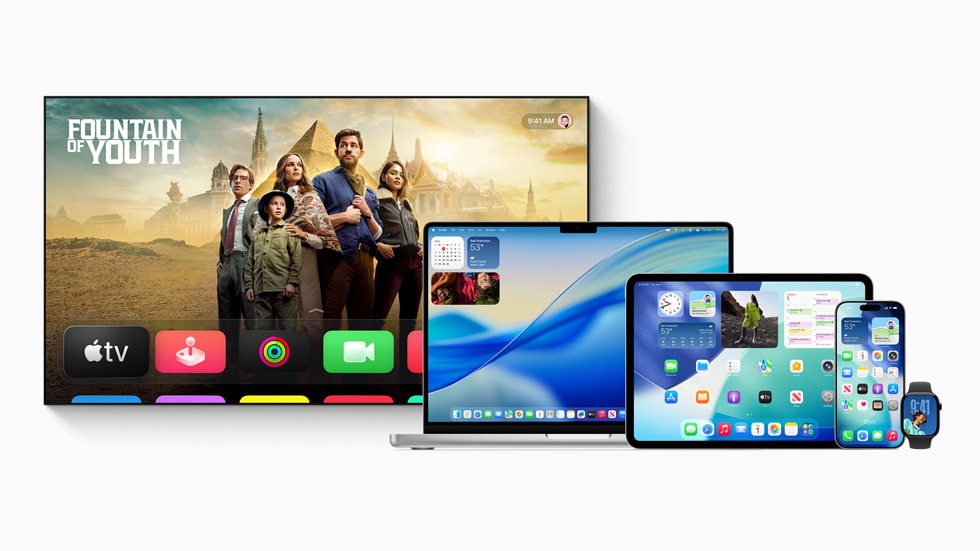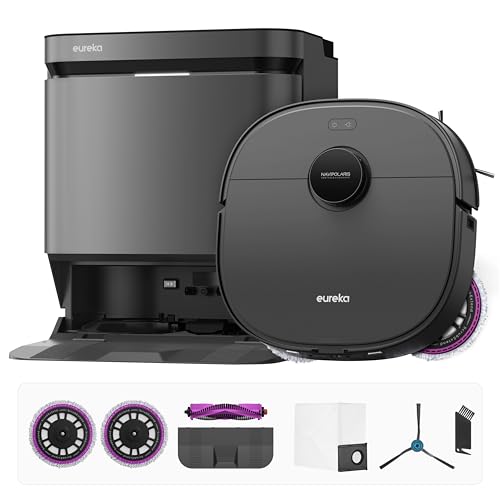The American dream sits rusting on dealer lots. A perfect storm brews in the U.S. car market, where financial predators circle as consumers drown in debt. From small-town dealerships to Detroit boardrooms, the signs of distress flash as brightly as a check engine light. Auto loan debt has ballooned to $1.7 trillion. Interest rates have tripled. Insurance costs have exploded. The industry that once symbolized American mobility now traps millions in financial quicksand.
Behind the glossy commercials and zero-down promises lurks a market that resembles the housing crisis of 2008 – just with cupholders and floor mats. Over 7% of auto loans are now delinquent. Half of loan applicants face rejection. Dealer lots overflow with unsold inventory while manufacturers slash jobs. Something’s got to give. The question isn’t if the bubble will burst, but who’ll be left holding the keys when it does.
11. GM Halts Production
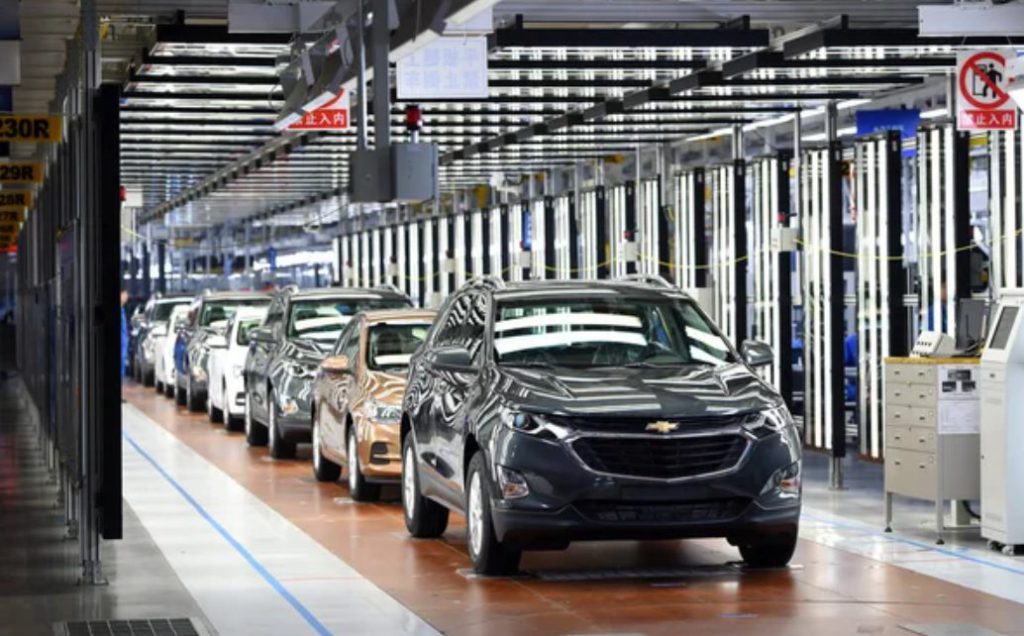
The EV revolution has hit a roadblock. GM recently shut down its Canadian BrightDrop electric vehicle facility, sidelining over 500 workers until at least October 2025. This wasn’t planned maintenance – it was a direct response to sluggish demand. Despite years of hype suggesting everyone wants an electric vehicle, the market tells a different story: EVs still represent just 7.9% of new vehicle sales.
The reality check exposes the gap between wishful projections and consumer readiness. High prices, limited charging infrastructure, and range anxiety continue to deter mainstream buyers. For those still interested in going electric, this cooling market could create buying opportunities as manufacturers offer steeper incentives to move inventory. But proceed with caution – just because a technology is the future doesn’t mean the present infrastructure supports it. It’s the automotive equivalent of trying to stream 4K video on a dial-up connection – technically possible but practically frustrating.
10. The Doomspending Phenomenon

America’s panic button is getting worn out from overuse. A fascinating psychological trend has emerged where economic anxiety drives panic purchases. Sales of canned vegetables jumped 29%, instant coffee rose 21%, and ketchup increased 18%. Meanwhile, new car sales spiked 9% as buyers rushed to beat expected price increases – behavior that resembles store-raiding before a hurricane.
This “doomspending” provides temporary emotional relief but creates long-term financial strain. Over 40% of Americans admit to stockpiling goods due to economic uncertainty. The automotive version involves rushing major purchases before thoroughly assessing needs and budget. Rather than panic-buying a vehicle you’ll spend five years paying off, create a strategic plan based on your actual requirements. The market rewards patient, calculated decisions, not knee-jerk reactions. Panic buying a car to beat potential tariffs makes about as much sense as buying all the toilet paper in 2020 – you might feel temporarily secure, but you’ll be dealing with the consequences long after the initial threat passes.
9. Inventory Surge and Dealer Incentives
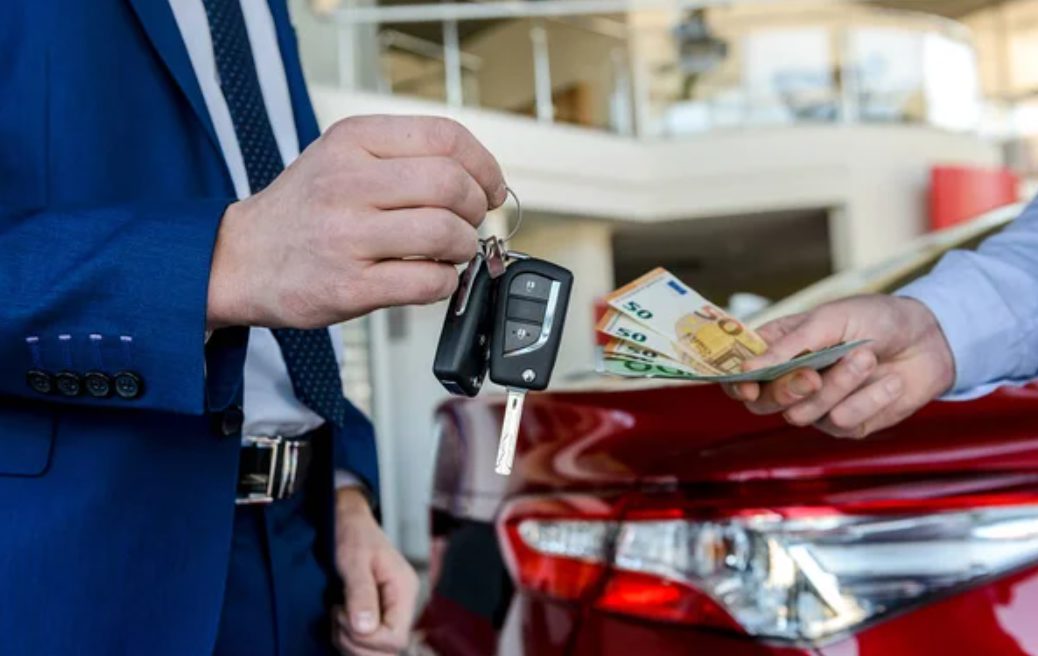
The pendulum has swung. Remember those barren dealer lots from 2021? They’ve transformed into vehicle graveyards. Inventory has exploded 120% year-over-year, with 3 million unsold vehicles sitting on lots nationwide. After years of “take it or leave it” pricing, dealers suddenly can’t move metal fast enough.
This seismic shift means power has returned to buyers. Dealers now offer incentives worth up to 7.7% of purchase price. Leases under $200 monthly have reappeared. Thousands off MSRP is becoming standard. For smart shoppers, it’s revenge season. Research heavily, shop multiple dealers, and negotiate ruthlessly – especially at month’s end when sales teams scramble to hit quotas. The tables have turned so dramatically it feels like watching the final act of a heist movie where the overconfident villains suddenly realize they’ve been outplayed. As dealer lots overflow with recent models packed with high-tech perks, it’s worth comparing the innovative car inventions for comfort and control now available, especially if you’re hunting for deals that finally favor the buyer.
8. Industry Panic and Layoffs
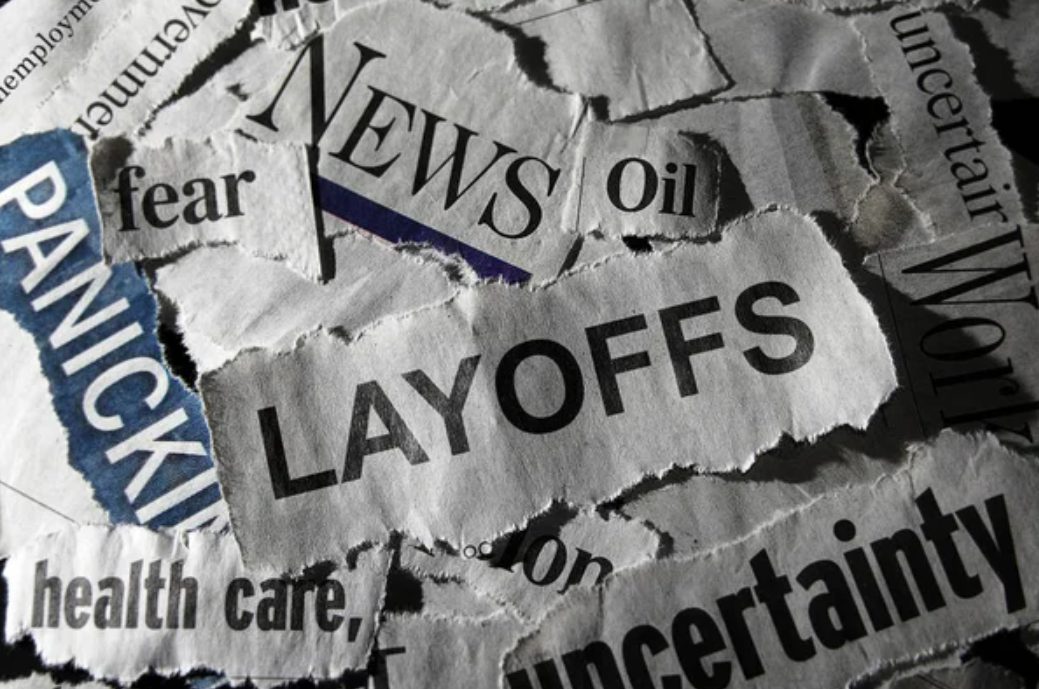
Detroit is sweating bullets. Major automakers are slashing jobs faster than Edward Scissorhands on espresso. Nissan alone cut 9,000 workers and slashed production by 20% as profits plummeted 90%. Ford, GM, and others are following suit. Failed mergers and abandoned partnerships litter the landscape as the costly EV transition strains already-thin margins.
The ripple effects spread far beyond corporate offices. Component suppliers, dealership staff, and entire communities built around auto manufacturing face uncertainty. If you work in the sector, diversify your skills and stockpile savings immediately. The industry is transforming – not gradually like previous evolutions, but with the sudden violence of a car crash. Those who can adapt to new technologies and business models will survive; everyone else risks being left behind like Blockbuster in the streaming era.
7. Negative Equity Crisis
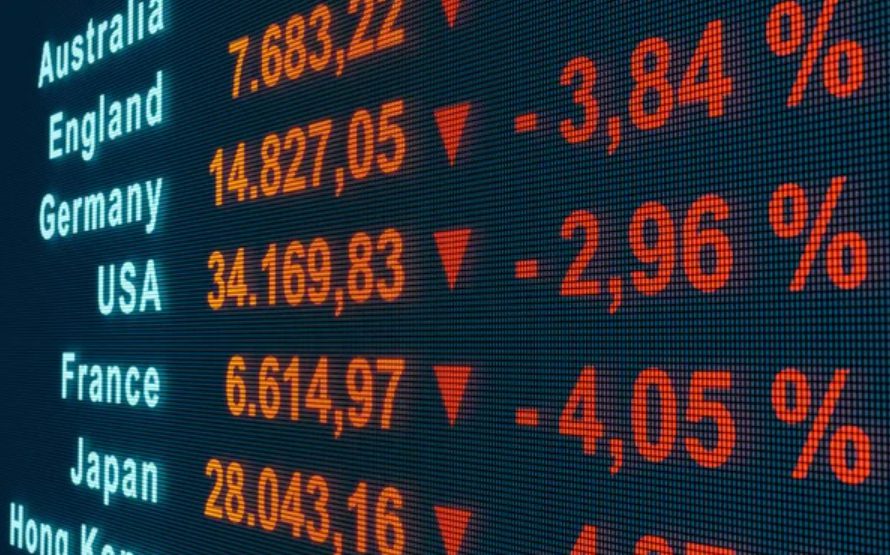
Walk into any dealership today and you’ll hear the same sad song. “You’re underwater by $7,000.” That’s not rare – it’s the new normal. A staggering 25% of all trade-ins now have negative equity, meaning owners owe far more than their vehicles are worth. This financial anchor drags down millions who simply wanted reliable transportation.
The true cost of those pandemic-era markups is now coming due. Drivers who desperately needed vehicles during the shortage paid premium prices for depreciating assets. Now they’re trapped, unable to sell or trade without taking a massive loss. To avoid joining their ranks, put 20% down, stick to loans under 60 months, and consider gap insurance. The alternative is automotive purgatory – stuck with a vehicle you can’t afford to keep or afford to sell. It’s The Walking Dead of car ownership: financially alive but going nowhere fast.
6. Record Auto Loan Debt
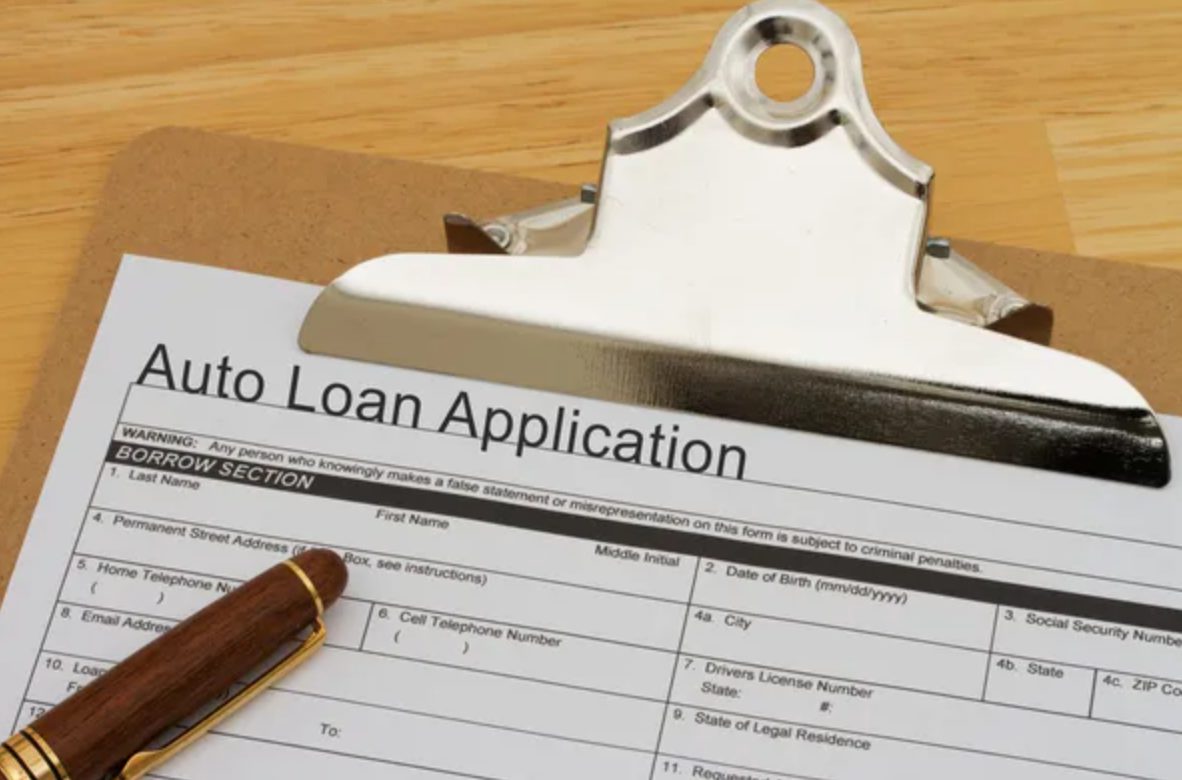
Americans now shoulder over $1.7 trillion in car loans – a $500 billion jump since 2019. That’s not normal growth; it’s a fiscal tumor. With delinquency rates exceeding 7% and half of all loan applicants getting rejected, we’re watching 2008’s housing crisis sequel play out in driveways nationwide. The banking industry swears this time is different, but they said that last time too.
The smart money is playing defense. Before signing for that new ride, run the numbers coldly: keep payments under 10% of your monthly income and shop credit unions for rates that won’t break the bank. The days of easy auto credit are screeching to a halt faster than a teenager’s first attempt at driving stick. As Warren Buffett might say, when the tide goes out, we’ll see who’s been swimming naked – and plenty of car buyers are about to get caught without their financial swimwear. Instead of taking out loans, here’s a list of luxury cars that you can buy at a pocket-friendly price.
5. Navigating Layoffs and Financial Hardship
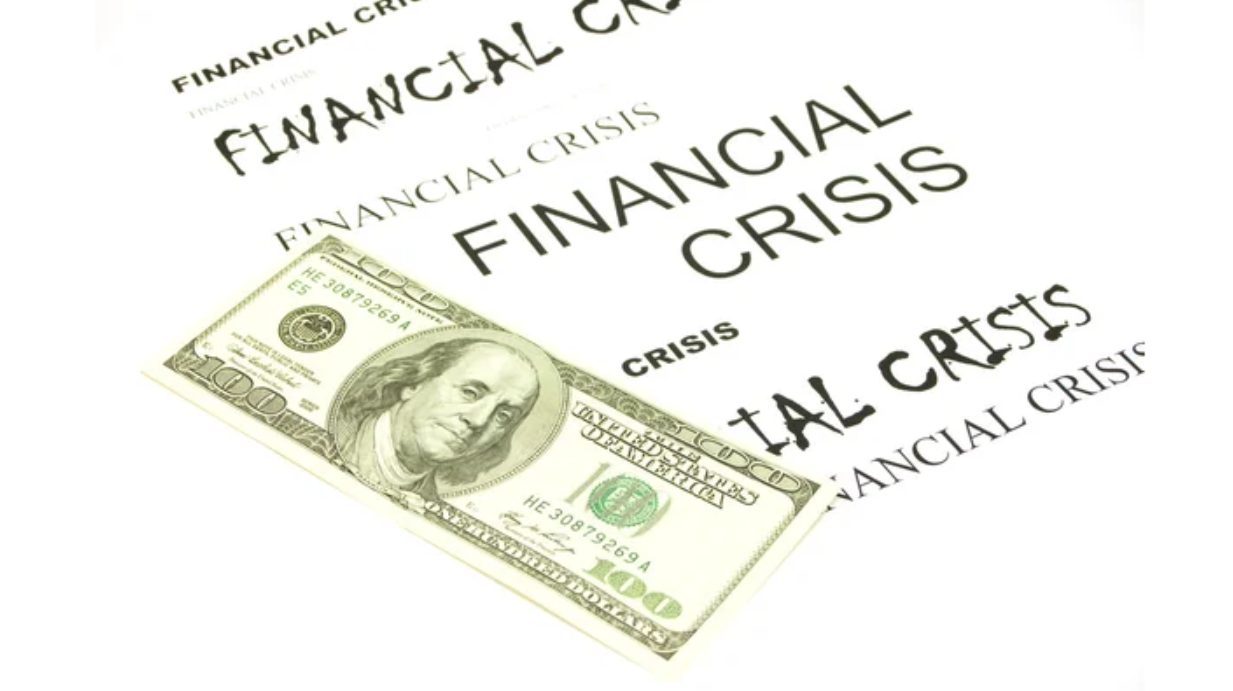
Job loss can transform a manageable car payment into a financial crisis overnight. With automotive companies cutting positions faster than a director’s edit, thousands face sudden income disruption. The immediate playbook: negotiate severance, file for unemployment, secure healthcare coverage, and aim for 12 months of expenses in emergency savings.
Taking swift action can mean the difference between temporary setback and financial catastrophe. Network aggressively within your industry, consider temporary gig work, and be ruthlessly honest about necessary budget cuts. The auto industry’s transformation will create winners and losers – positioning yourself among the former requires adaptability and financial preparation. Those who recognize the warning signs early can navigate the storm while others get caught with their financial umbrellas closed. It’s like that pivotal scene in The Big Short – some saw the housing crisis coming and positioned themselves accordingly; the smart money in automotive is doing the same. With the average monthly payment now rivaling the cost of rent in some cities, drivers are seeking more value and utility from every dollar spent. To make daily commuting less painful, check out car gadgets that transform your drive—smart upgrades can help make your existing vehicle feel modern without another trip to the dealership.
4. Rising Interest Rates and Insurance Costs
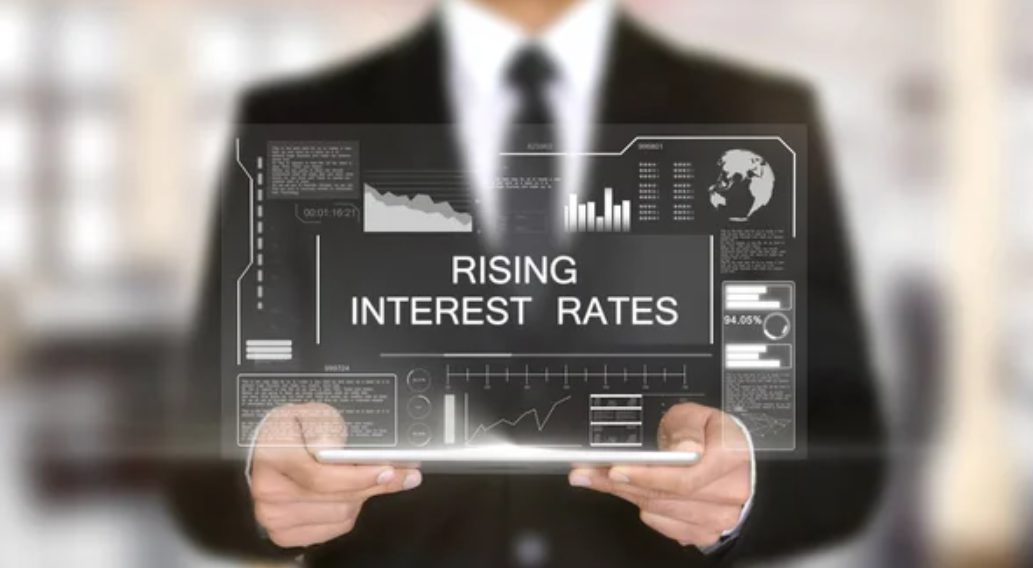
The days of 2% auto loans have vanished like free coffee at a car dealership. New car loans now start above 6%, while used car rates have skyrocketed to 11.6%. Meanwhile, insurance premiums have surged up to 50%, creating a perfect storm of unaffordability. The average monthly car payment now hovers around $750 – roughly the same as renting an apartment in some parts of the country.
This one-two punch has knocked many potential buyers out of the market entirely. Those still shopping face a stark choice: extend loan terms into the next decade or accept monthly payments that rival mortgage costs. To fight back, boost your credit score before shopping, compare rates across multiple lenders, and consider usage-based insurance. The system is designed to extract maximum payment – like that scene in Casino Royale where Bond is strapped to a chair, except what’s being tortured is your wallet.
3. The Pandemic Dealer Markup Era

Remember when haggling meant getting below MSRP? That quaint notion vanished faster than toilet paper in March 2020. By early 2022, an astonishing 82% of buyers paid above sticker price, with markups ranging from eye-watering to downright criminal. Some dealers flipped $38,000 Ford Broncos for $83,000 – a markup that would make even Martin Shkreli blush.
This wasn’t just business – it was a feeding frenzy. Dealers transformed from negotiation partners into pricing dictators, wielding scarcity like a weapon. The industry normalized paying thousands over sticker, creating a generation of underwater loans. Now as inventories swell, those who paid the pandemic premium face a brutal reality: their vehicles are worth nowhere near what they owe. It’s as if millions of Americans unknowingly signed up for an especially expensive episode of “America’s Worst Deal.” Speaking of worst deals, here’s a list of cars that you should definitely avoid.
2. Impact of Tariffs
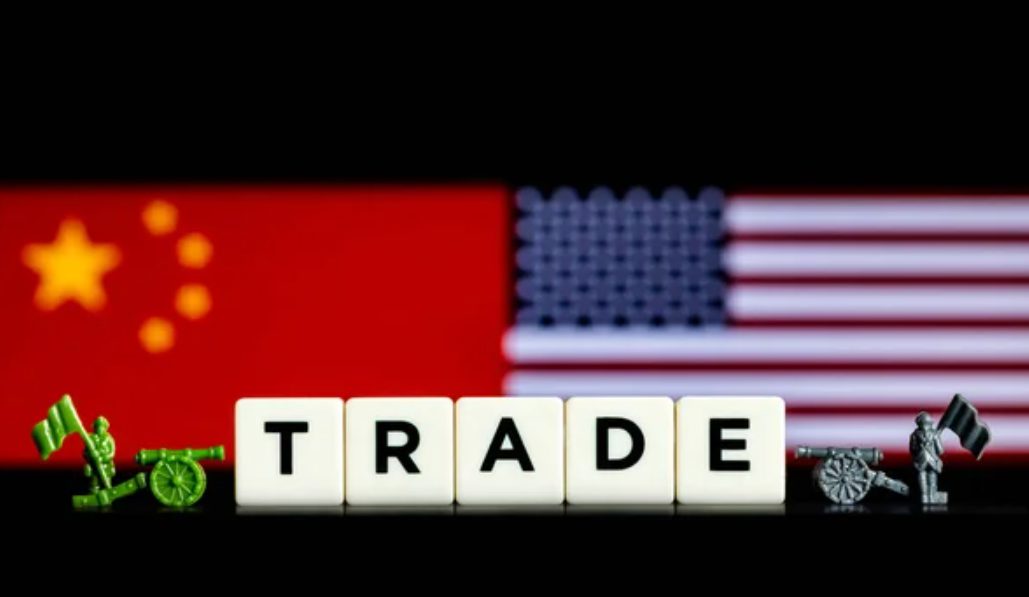
A 25% tariff bomb threatens to detonate in the auto market. These proposed taxes on imported vehicles and parts could affect nearly half of all U.S. car sales. Industry projections suggest imports could drop by 74%, with price increases ranging from $3,500 to $15,000 per vehicle. For context, that’s enough to pay for a semester of college or a decent kitchen remodel.
The timing couldn’t be worse for an already stressed market. If you’re eyeing a foreign-made vehicle, accelerating your purchase timeline might save thousands. Alternatively, investigating domestically-produced options could shield you from the worst impacts. The uncertainty around if and when these tariffs hit adds another layer of chaos to car-buying decisions. It’s like trying to play chess while someone randomly changes the rules – except the stakes involve thousands of your hard-earned dollars.
1. Stockpiling Cash for Future Opportunities

While others panic, the disciplined few are building war chests. Current CD accounts offer around 4.5% interest – not spectacular, but enough to stay ahead of inflation while maintaining liquidity. This patient capital accumulation strategy positions you to pounce when everyone else must sell.
The approach mirrors Warren Buffett’s famous directive to be “fearful when others are greedy, and greedy when others are fearful.” When the auto market inevitably corrects, cash buyers will find exceptional deals on quality vehicles as desperate sellers flood the market. Consider creating a dedicated opportunity fund separate from emergency savings. The best deals emerge during maximum market distress – just as the finest scenes in disaster movies happen after everything appears hopeless. When others can’t make their payments, those with cash will find themselves holding all the cards in a game most didn’t realize they were playing.


